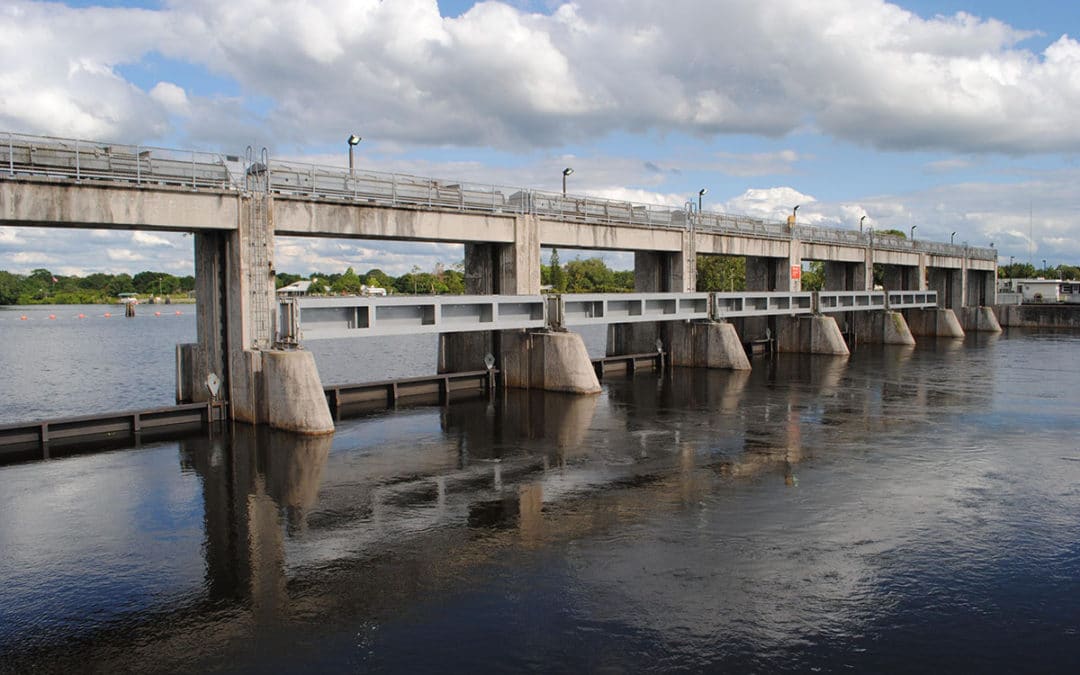The dry season is finally starting to live up to its name.
After an early end to the 2019 rainy season and a soggy December, January has turned out to be all dry, and meteorologists are calling for above-average temperatures between now and the start of the rainy season in May.
What does that all mean?
Wildfire season is here; Lake Okeechobee levels are receding; the Caloosahatchee River isn’t getting the water it needs, environmental groups say; and the historic Everglades is getting crispy dry.
Environmental groups are watching lake releases, hoping for more water from Okeechobee.
“The salinity (in the Caloosahatchee River’s estuary) gets too high,” said Calusa Waterkeeper John Cassani. “It’s the primary reason we haven’t been able to restore sea grass in the upper estuary.”
Restoring sea grass in the upper estuary would be an indication of a functional river system that’s getting the amount of freshwater it needs to stay healthy.
“It continually adds harm to the system during the dry season,” Cassani said of fewer Lake Okeechobee releases.
Continue Reading

























